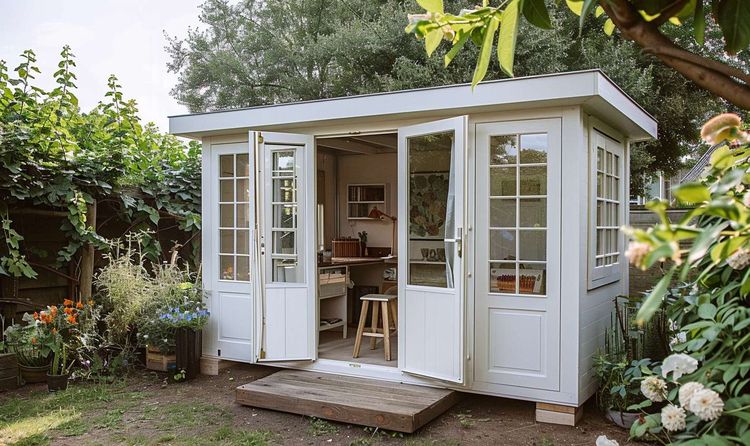Unveiling the Allure of Silent Retreats: A Paradigm Shift in Travel
In an era marked by constant connectivity and noise, the art of silence is rapidly emerging as a new travel trend. Silent retreats, once the domain of spiritual seekers, are now beckoning mainstream travelers with the promise of tranquility, introspection, and a refreshing escape from the digital world. This article delves into the fascinating world of silent retreats, examining their historical roots, current popularity, and implications for the modern traveler.

The Historical Roots of Silent Retreats
Silent retreats can trace their origins back to various religious traditions, including Buddhism and Christianity, where silence was considered a pathway to spiritual enlightenment. Secluded monasteries and hermitages provided a sanctuary for individuals to delve into their inner worlds, away from the distractions of societal life. Over time, the allure of silence transcended its religious connotations, attracting individuals seeking peace, mental clarity, and a deeper connection with themselves.
The Modern Appeal of Silent Retreats
In today’s hyperconnected world, the quest for silence has gained renewed significance. The bombardment of digital notifications, social media updates, and constant communication has led to a sense of mental exhaustion among many individuals. Silent retreats offer a respite from this digital overload, enabling participants to unplug, reconnect with nature, and engage in self-reflection.
Advantages and Challenges of Silent Retreats
Silent retreats come with a host of benefits. They offer an opportunity to disconnect from the digital world, reduce stress, and enhance mindfulness. These retreats can also foster a deeper understanding of one’s thoughts and emotions, leading to personal growth. However, they also pose challenges. For some, the prospect of complete silence and minimal human interaction could seem daunting and even isolating. Adjusting to a slower pace of life can be difficult for those accustomed to constant activity and stimulation.
Silent Retreats and the Travel Industry
The rise in demand for silent retreats has not gone unnoticed by the travel industry. Many wellness resorts and retreat centers are now offering silence-focused packages, ranging from short weekend breaks to extended stays. Some destinations have even established silence zones, areas dedicated to tranquility and contemplation. This shift towards silence is indicative of a broader trend in travel, one that values experiences centered on mental health and well-being.
Practical Insights for Silent Retreat Seekers
-
Research thoroughly: Not all silent retreats are the same. Some may involve strict schedules and rules, while others offer more flexibility. Understand what you’re signing up for before you commit.
-
Prepare mentally: A silent retreat can be a profound experience, but it can also be challenging. Mental preparation is key.
-
Disconnect digitally: To reap the full benefits, it’s recommended to fully disconnect from digital devices during the retreat.
-
Respect the silence: Remember, the silence isn’t just for you. It’s for everyone at the retreat. Respect the rules and maintain the tranquil environment.
In conclusion, silent retreats offer a unique travel experience that combines tranquility, introspection, and a refreshing digital detox. While they may not be for everyone, for those seeking a respite from the noise of modern life, they offer an unparalleled opportunity for personal growth and mental rejuvenation. As the travel industry continues to evolve and adapt, the rise of silent retreats underscores the changing priorities of today’s travelers, with a growing emphasis on mental wellness and meaningful experiences.




